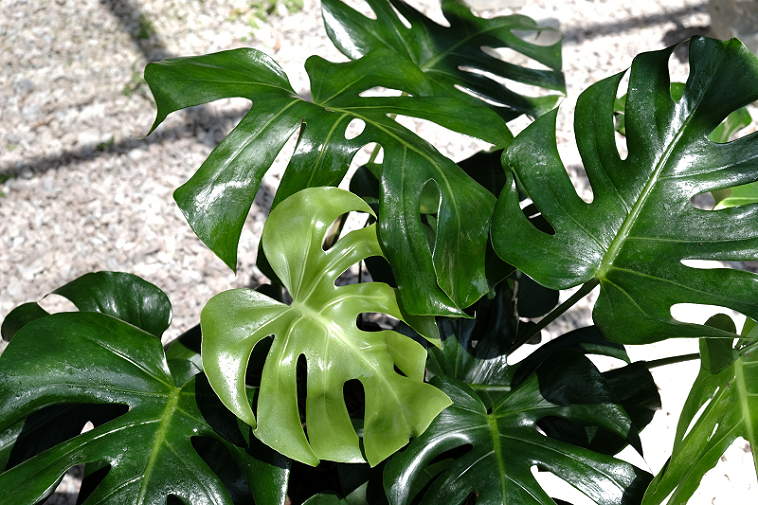Scientists Find Out Why There Are Holes on Swiss Cheese Plants
Not only do the iconic holes on the leaves contribute to this interesting name, Swiss Cheese Plant, they also make the leaves more functional and adaptive to the environment.

The Swiss Cheese Plant, known for its iconic hole-filled leaves, possesses unique adaptations that contribute to its intriguing name. These adaptations not only add functionality to the leaves but also allow the plant to thrive in its environment.
Research conducted by Christopher Muir at the University of Indiana in the US has shed light on the purpose of these holes. It is believed that the holes are an adaptation to the plant's natural habitat, which is typically shaded. Leaves with holes have a larger overall volume, allowing them to capture more sunlight for efficient photosynthesis.
During the early stages of growth, the leaves of the Swiss Cheese Plant are typically hole-free. As the plant receives an adequate amount of sunlight, the leaves gradually expand in size, developing distinct holes as a result of this growth process.






